“The face is a picture of the mind with the eyes as its interpreter.”
The face we see in the mirror is much more than a simple reflection. It represents a lifetime of memories and experiences that have shaped the person looking back at us. We do not simply see an aging face: we see the 30 year-old chasing children on the beach, the 40 year-old at the peak of his professional productivity, the 50 year-old with enduring beauty looking forward to the second half of a full life. The person we see in the mirror does not reflect the person we “truly” are. There are no magic potions or miracle procedures that can reverse all of the changes that occur with facial aging.
Dr. Zemmel of Richmond Aesthetic Surgery combine the most current understanding of facial aging with the latest surgical and non-surgical techniques to offer each patient a comprehensive treatment plan, unique to every patient.
Using this approach, we can help bring the person looking at us in the mirror closer to the person we “truly” are.
Facial Aging
 Facial aging is a complex process of changes that occur as a result of the long-term effects of gravity, sun exposure, environmental exposure, overall health status, stress, and smoking. These factors coupled with long-term changes in the soft tissues of the face result in the changes that we observe in the mirror. To better understand how we age, we need to take a brief look at facial anatomy.
Facial aging is a complex process of changes that occur as a result of the long-term effects of gravity, sun exposure, environmental exposure, overall health status, stress, and smoking. These factors coupled with long-term changes in the soft tissues of the face result in the changes that we observe in the mirror. To better understand how we age, we need to take a brief look at facial anatomy.
The face is comprised of layers of various tissues that form an individual’s unique appearance. The interplay of these tissues results in the wrinkles we observe when smiling or frowning. The skin of the face is the outermost layer of the face. As we age, multiple changes in skin occur. The skin thins and loses elasticity. There are changes in pigmentation and an increased development of benign age-related skin lesions (“age spots”). In addition, there is slowing in the body’s normal process of replacing aging or damaged skin cells with new cells, resulting in a tired or leathery type appearance of the skin.
Deep to the skin, is a thin layer of interconnected muscles that allow an individual to convey facial expression. This layer is called the superficial musculoaponeurotic system or SMAS layer. These muscles are closely adherent to the skin, resulting in a constant pull on the skin surface. As the skin thins the continued pulling of theses muscles results in deepening wrinkles of the face in the forehead, around the eyes, and between the eyebrows. This type of wrinkling becomes prominent in the late 30’s and can be treated by paralyzing the underlying muscles with medicines such as BOTOX® Cosmetic. In addition to its skin attachments, the muscles are attached to the underlying facial skeleton.
On either side of the muscle (or SMAS) layer, there are layers of fatty tissue. In the youthful face, the fat in these areas result in a full face in which the various parts of the face blend in with each other. The youthful face takes the shape of a cone of ice cream: fullness at the top, tapering at the bottom. As the face ages, changes in these fat compartments occur, resulting in the changes we see in the mirror. There is loss of fat in the areas of the cheeks resulting in hollowing and more prominence of the cheekbone outlines. Gravity causes fat pads in the mid cheek and along the jaw to droop, resulting in deepening of the folds along the nose, jaw and mouth.
The underlying facial bones provide the skeletal support of all of the tissues described above. The facial skeleton is similar to a clothes hanger. The clothes hanger gives shape to the garment on which it is hung. If a portion of the garment slides off of the hanger, it loses some of its shape. The combination of increased soft tissue laxity, loss of fat volume, downward displacement of fat and soft tissue, and loosening of attachments to the underlying facial skeleton result in the noticeable changes that are seen with facial aging.
Brow
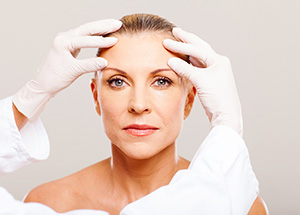
- There is lowering of the tail of the eyebrow with loss of fullness between the eyebrow and the skin of the upper eyelid.
- There may be deepening of the horizontal wrinkles of the forehead and the furrows between the eyebrows. (The worry lines and “11s”). Prominence of these wrinkles can give a worried or angry look to the face.
Eyelids
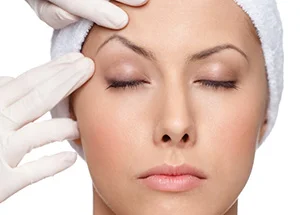
- There is increased laxity of skin and at times the underlying musculature of the upper lid, resulting in a tired or sleepy appearance.
- The support of the lower eyelid loosens, resulting in drooping. Laxity of deep support structures of the eyelid result in bulging of eyelid fat pads, resulting in the formation of bags.
- Thinning of fat in the areas of the lower eyelid adjacent to the nose causes the appearance of “tear troughs.”
- Skin thinning adjacent to the eyes results in the development of “crow’s feet.”
Face

- Thinning of cheek fat results in loss of upper cheek fullness.
- There is loosening of underlying facial musculature (the SMAS) in combination with changes in fat composition and tissue thickness. The net effect of this results in deepening of folds of the cheek (nasolabial folds), development of “marionette lines” adjacent to the mouth, and jowling over the border of the jaw.
- There may be some loss of chin prominence or drooping of the chin.
Lips

- There is often thinning of the upper and lower lips with loss of volume and projection.
- The lip border becomes less distinct, causing the definition of the red portion of the lip and skin of the lip to blend.
- Some may develop fine wrinkling or “pucker lines” around the mouth.
Neck
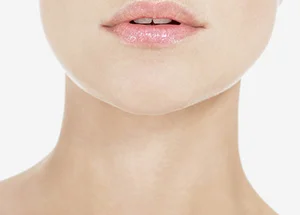
- Laxity of neck musculature may cause a loss of the natural definition between the jaw and the neck, as seen in youth.
- Some may develop some shortening of the neck muscles (platysma) resulting in cords or bands.
- Loss of subcutaneous fat may result in more prominence of neck muscle fibers.
- Fat accumulation in areas under the chin may cause the appearance of a “turkey wattle” or the “double chin.”
What is facial rejuvenation?
Facial rejuvenation is a comprehensive treatment of the changes seen in the process of facial aging. By using a combination of non-surgical and surgical techniques, the changes described above can be treated to provide a more youthful yet natural appearance. No surgical procedure can reverse the aging process; however, your plastic surgeon can assist in “turning back the clock” by using the latest non-surgical and surgical techniques in facial aesthetic surgery.
After a detailed analysis of your individual concerns, your unique anatomy, and your treatment goals, Dr. Zemmel will provide you with a comprehensive plan, tailored to your individual needs, to meet those goals.
After a consultation with one other surgeon I came to see Dr. Zemmel after a referral by a friend. I felt comfortable with him from the start. I reviewed his education and experience and decided to move forward with him. He answered all my questions and was great at putting me at ease. The front desk staff and assistants where also very helpful and friendly.
Erin B
March 03, 2017
Techniques used in facial rejuvenation
Facial rejuvenation is accomplished through a combination of non-surgical and surgical treatments offered by our plastic surgeon and Master Estheticians.
Non-Surgical Treatments include:
- Injectables: BOTOX® Cosmetic, Xeomin®, Radiesse®, Juvederm®, and Belotero Balance®
- Medical Grade Topical Skin Care: SkinCeuticals®, ZO® Skin Health, and Skin Medica®
- Chemical Peeling
- Laser Skin Resurfacing
- Microdermabrasion

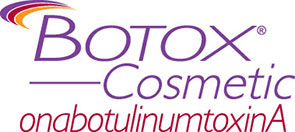
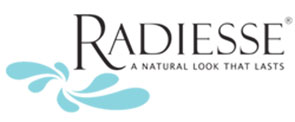

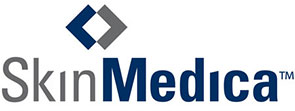
Surgical Treatments include:
How can I learn more?
To learn more about treatments available for facial aging, or to schedule a consultation, please contact our office today.